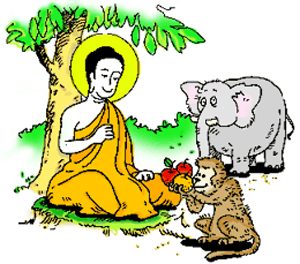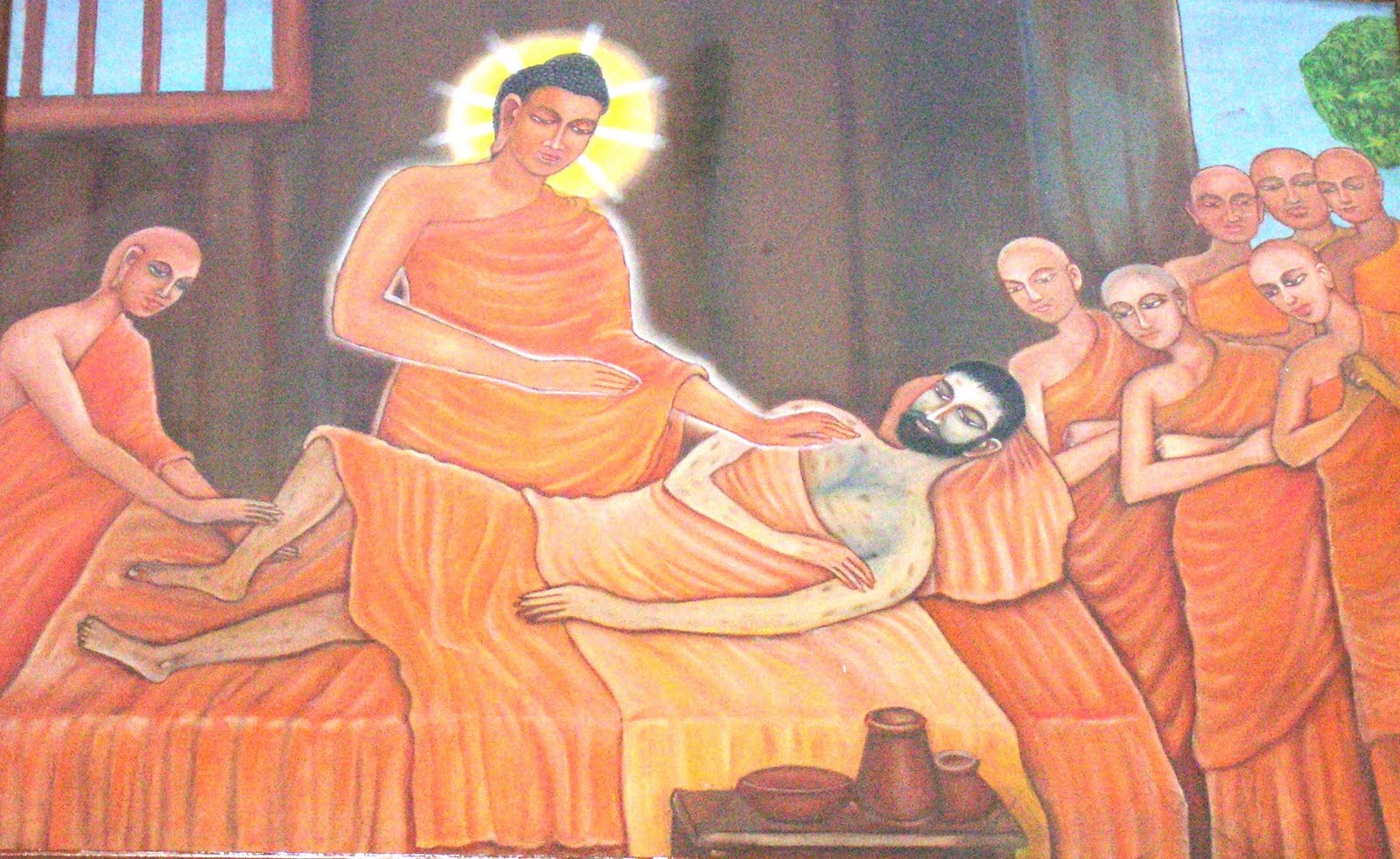Introduction to loving kindness meditation
The Metta Bhavana is a meditation for developing lovingkindness.
“Bhavana” means “cultivation” or “development,” and “Metta” is a word that means “love,” “friendliness,” or “lovingkindness.” So this is a meditation practice where we actively cultivate some very positive emotional states towards others, as well as to ourselves.
This meditation practice helps us to bring more harmony into our relationships with others, so that we experience less conflicts, resolve existing difficulties, and deepen our connections with people we already get on with.
This meditation helps us to overcome anger, resentment, and hurt.
It helps us to empathize more, and to be more considerate, kind, and forgiving. We can also learn to appreciate others more, concentrating more on their positive qualities and less on their faults. We learn to be more patient.
In this meditation practice, we also cultivate Metta towards ourselves, so that we experience less internal conflict, and learn to appreciate ourselves more.
Source: http://www.wildmind.org





